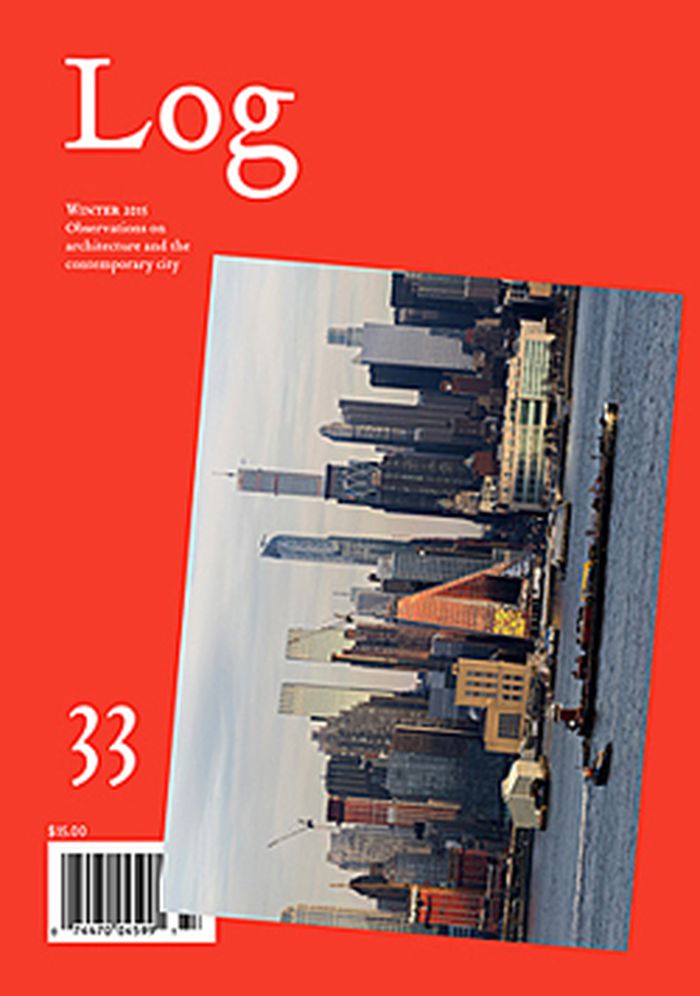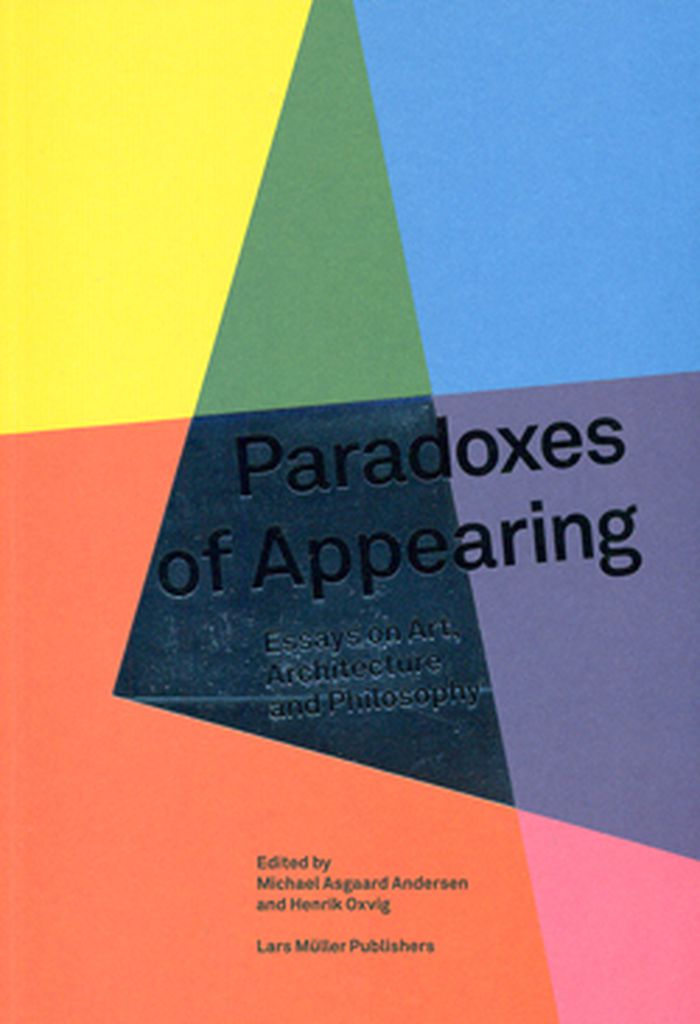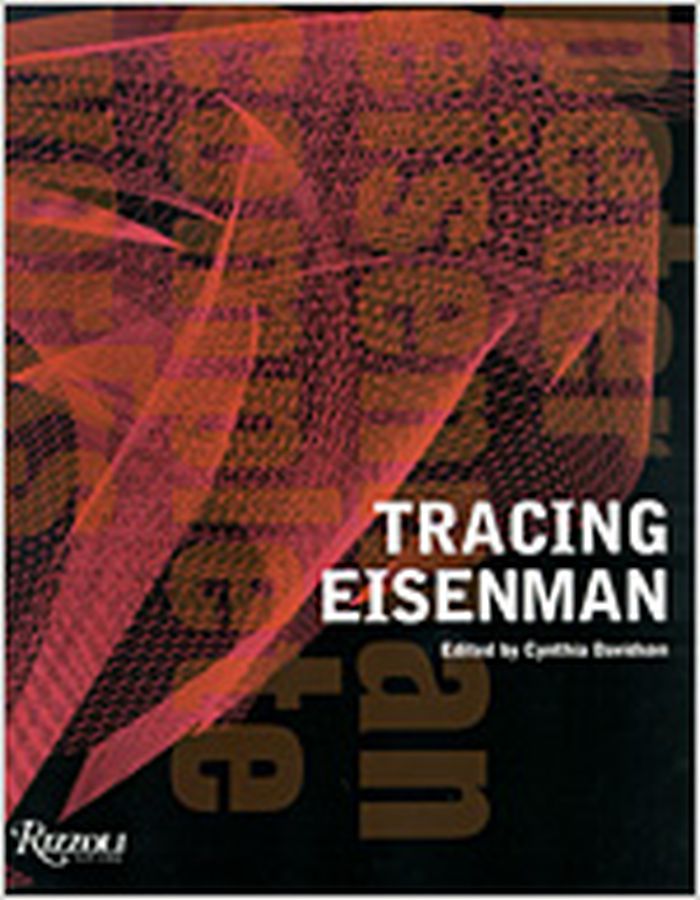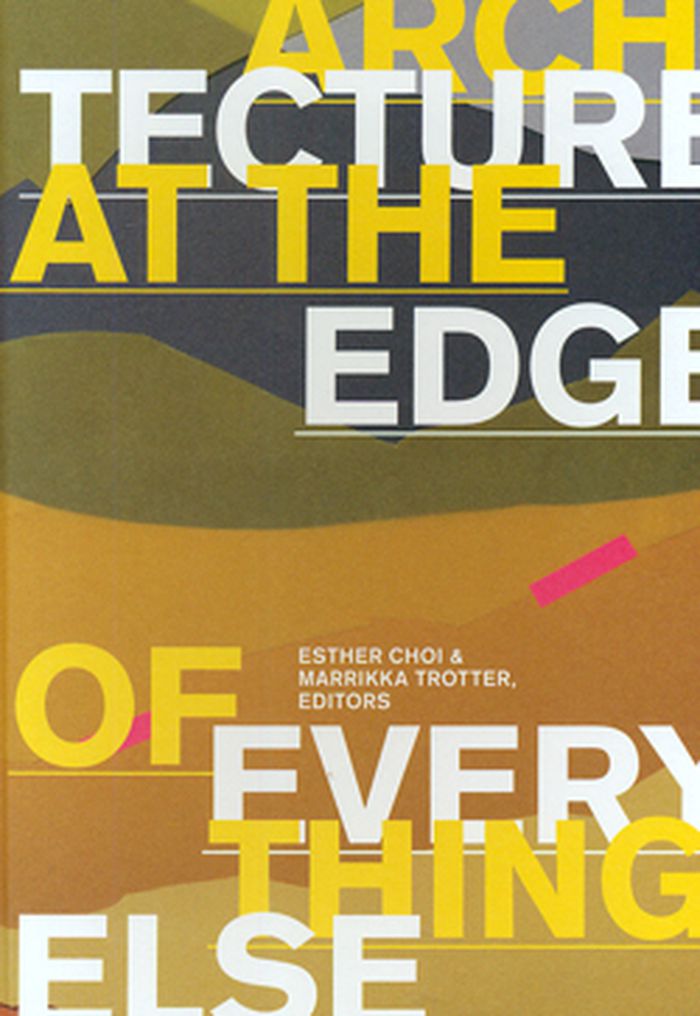books
Mood River
$63.95
(available to order)
Summary:
From an i-MAC computer to a Karim Rashid trashcan to a Philippe Starck stool to an Issey Miyake coat to a Frank Gehry building, design shapes our sense of being in today's world. "Mood River" examines the cornucopia of objects that form the complex visual fabric of our lives, titillate our senses, modulate our moods, and pique our desires. By scanning contemporary art and(...)
Interior Design
February 2002, Columbus, Ohio
Mood River
Actions:
Price:
$63.95
(available to order)
Summary:
From an i-MAC computer to a Karim Rashid trashcan to a Philippe Starck stool to an Issey Miyake coat to a Frank Gehry building, design shapes our sense of being in today's world. "Mood River" examines the cornucopia of objects that form the complex visual fabric of our lives, titillate our senses, modulate our moods, and pique our desires. By scanning contemporary art and design, and loosely organizing thousands of sundry objects into four categories of moods--Bliss, Ecstasy, Rage, and Trauma--"Mood River" aims to arouse a deep respect for the complex economic, technical, and aesthetic processes that join the diverse elements of our material life into that most elusive of unities: a world. Essays by Jeffrey Kipnis, Sanford Kwinter, Annetta Massie, Chee Perlman and Jose Oubrerie. Foreword by Philip Johnson. Introduction by Sherri Geldin.
books
February 2002, Columbus, Ohio
Interior Design
$18.95
(available in store)
Summary:
Log 33 delivers emerging currents and renewed interests in architectural thought. It includes a thorough examination of object-oriented philosophy: two essays offering contrasting positions on its value for the architectural discipline as well as a conversation between philosopher Graham Harman and architects Todd Gannon, David Ruy, and Tom Wiscombe. Objects are invoked(...)
Log: 33
Actions:
Price:
$18.95
(available in store)
Summary:
Log 33 delivers emerging currents and renewed interests in architectural thought. It includes a thorough examination of object-oriented philosophy: two essays offering contrasting positions on its value for the architectural discipline as well as a conversation between philosopher Graham Harman and architects Todd Gannon, David Ruy, and Tom Wiscombe. Objects are invoked throughout the issue in myriad other ways – in essays on the postcritical legacy, architecture and objecthood, shape and character, history and machines – highlighting the currency and multivalence of the term object in the discourse today. Log 33 also presents Wolfgang Schivelbusch’s “World Machines,” the new preface to his recently republished book The Railway Journey (plus an introduction to his work by Sanford Kwinter) as well as critical commentary on architectural events from around the world, essays on urban noise and architectural acoustics, new explorations of the architect’s hand in drawing, and more.
Magazines
$49.95
(available to order)
Summary:
The essays are based on papers given at a symposium in Copenhagen in June 2008 and refer to the following considerations: When spectators confront and designers invent works of art and architecture, vital questions regarding their appearance arise. These are not simply questions about what appears, also what does not, i.e. what withdraws when works are experienced and(...)
Paradoxes of appearing: essays on art, architecture and philosophy
Actions:
Price:
$49.95
(available to order)
Summary:
The essays are based on papers given at a symposium in Copenhagen in June 2008 and refer to the following considerations: When spectators confront and designers invent works of art and architecture, vital questions regarding their appearance arise. These are not simply questions about what appears, also what does not, i.e. what withdraws when works are experienced and created. How do we cope with this withdrawal, with latencies that escape concretization? What are the productive paradoxes associated hereto and how do they influence the processes of making? Based on multiple discourses on these subjects, contemporary positions in art, architecture and philosophy draw up new challenges, especially with regard to the creative practices. Within and between these positions emerge potentials for modes of thinking and doing with a new sensitivity. With contributions by Michael Asgaard Andersen and Henrik Oxvig, Renaud Barbaras, Andrew Benjamin, Olafur Eliasson, Sanford Kwinter, David Leatherbarrow, Martin Seel, David Summers, and Sven-Olov Wallenstein.
Architectural Theory
Tracing Eisenman
$100.00
(available to order)
Summary:
Perhaps more than any other architect practicing today, Peter Eisenman has made a career out of devising a dialectic of oppositions in architecture. With references to societal alienation and existing architectural forms, his work derives much from Friedrich Nietzsche, Noam Chomsky, and Jacques Derrida. He led the loosely knit group of architects known as "The New York(...)
Tracing Eisenman
Actions:
Price:
$100.00
(available to order)
Summary:
Perhaps more than any other architect practicing today, Peter Eisenman has made a career out of devising a dialectic of oppositions in architecture. With references to societal alienation and existing architectural forms, his work derives much from Friedrich Nietzsche, Noam Chomsky, and Jacques Derrida. He led the loosely knit group of architects known as "The New York Five" (which included John Hejduk, Michael Graves, Charles Gwathmey, and Richard Meier), who made an effort to introduce a theory and artistry of modernist architecture as rigorous as that of the European avant-garde. This is the first comprehensive single-volume overview ever published on Eisenman's buildings and projects, from his first work, House I (1960), to his most recent projects, currently under construction in Spain and Germany. The book includes all the projects Eisenman has created, with essays from international architects and critics, including Greg Lynn, Sanford Kwinter, and Stan Allen.Eisenman currently teaches at New York's Cooper Union and at Princeton University. He has designed a wide range of projects, including the Wexner Center at Ohio State University, which received a 1993 National Honor Award from the American Institute of Architects, and the Holocaust Memorial in Berlin, which opened in spring 2005.
Architecture Monographs
$31.95
(available to order)
Summary:
Combining formal argument with informal conversations and design proposals, this title offers creative ideas for "thinking and acting architecture differently." What makes the book unique is the freshness of its voices — young architects and emerging practitioners who for the most part have not published before. Interwoven with their proposals are conversations among(...)
Architecture at the edge of everything else
Actions:
Price:
$31.95
(available to order)
Summary:
Combining formal argument with informal conversations and design proposals, this title offers creative ideas for "thinking and acting architecture differently." What makes the book unique is the freshness of its voices — young architects and emerging practitioners who for the most part have not published before. Interwoven with their proposals are conversations among these new voices and more established authors and practitioners, including Sanford Kwinter, Sylvia Lavin, K. Michael Hays, Philippe Rahm, Liam Gillick, Teddy Cruz, and Michael Meredith. This publication investigates the inner contradictions tangling and obscuring architectural discourse. It locates architecture in a cultural, social, political, and situational landscape — the space it actually occupies in the contemporary world. Examining architecture as it comes into contact with other disciplines — including art, art history, cultural studies, curating, landscape architecture, neuroaesthetics, pedagogy, philosophy, political science, and urbanism — the book considers architecture's precarious position at the edge : at the edge of its own dilemmas and at the edge of "everything else." In different ways, all the contributors suggest how to understand the innovative possibilities and pitfalls of spatial practices—teasing, analyzing, and celebrating architecture's disciplinary ambiguity — with proposals that range from a "lo-res" architecture to one controlled by the curatorial impulse, from customizable "skins" on residential buildings to the collection of residual space for new uses. Their investigations encompass how to interpret, how to intervene, and how to imagine.
Architectural Theory



